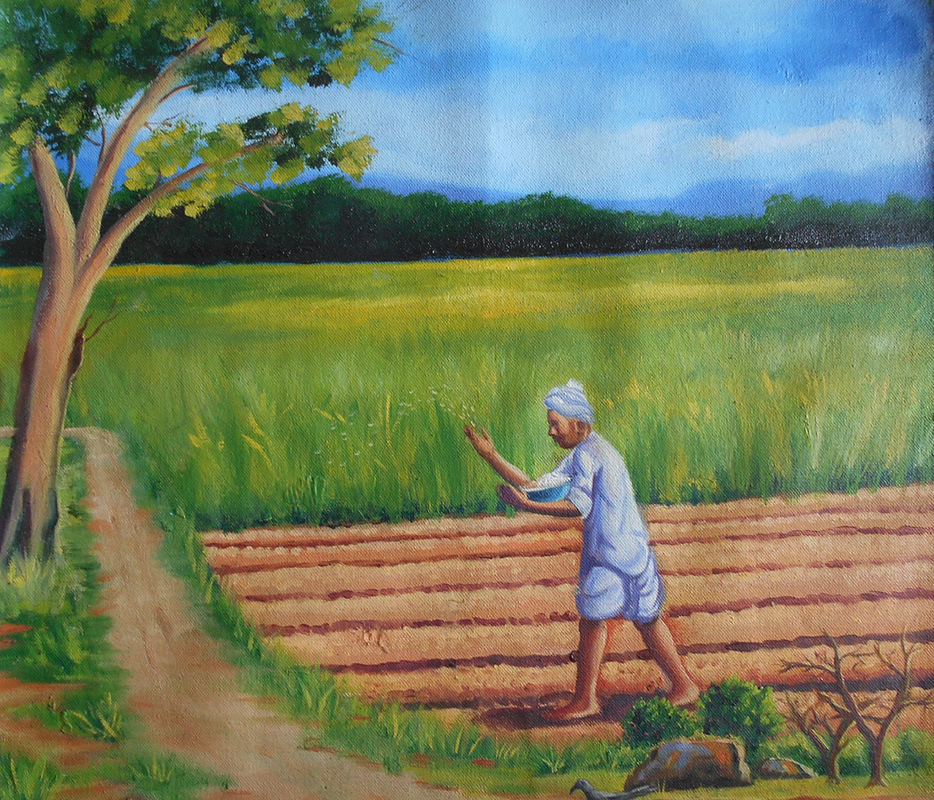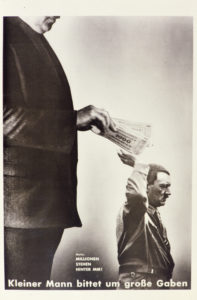

Arguably the most well-known teenager in town, she is very knowledgeable of all there is worth knowing about in their community. However, none of the people involved knew about maid cafes, and under the simple idea that if the waitresses wore maid clothes, it would be a maid cafe, and Seaside restarted as a maid cafe.Ĭharacters Main characters Hotori Arashiyama ( 嵐山 歩鳥, Arashiyama Hotori ) Voiced by: Chiaki Omigawa Hotori is the clumsy, whiny and happy-go-lucky but mostly good-natured and well-meaning main protagonist of the series. It was to turn Seaside into a popular maid café. One day, the owner, Uki Isobata, comes up with a secret plan to make the restaurant prosperous. Hotori Arashiyama is a high school girl who works part-time as a waitress at Seaside coffee shop in the Maruko shopping district. In 2018, And Yet the Town Moves won the 49th Seiun Award for the Best Comic category, as well as the Excellence Award at the 17th Japan Media Arts Festival in 2013. The manga was first licensed by Crunchyroll in 2020 it was also licensed by Manga Planet with the name SoreMachi: And Yet the Town Moves.
#AND YET IT MOVES JOHN HEARTFIELD YEAR SERIES#
The slice of life format is occasionally interspersed with stories dealing with aliens, ghosts and the paranormal.Īn anime television series adaptation by Shaft was broadcast from October to December 2010. The series follows the exploits of whiny Hotori Arashiyama, her friends, family, neighbors, shopkeepers and colleagues at the local maid café.


The manga ran in the monthly magazine Young King OURs from 2005 to 2016, and was collected into sixteen bound volumes. And Yet the Town Moves ( Japanese: それでも町は廻っている, Hepburn: Soredemo Machi wa Mawatteiru), abbreviated as Soremachi ( それ町), is a Japanese manga series written and illustrated by Masakazu Ishiguro. For this poster, Heartfield deployed this concept to great effect in synthesizing the demands of the workers with the Communist Party's electoral platform. This optical surprise was most effectively delivered in what was called an "object poster" that highlighted a company's trademark or commodity devoid of any decorative flourishes. Here Heartfield pairs the number five with the hand's five fingers.
#AND YET IT MOVES JOHN HEARTFIELD YEAR HOW TO#
Under the tutelage of Ernst Neumann, a renowned professor of advertising design, Heartfield learned how to attract the attention of potential customers by means of an optical surprise, achieved by pairing two often-oversized figures or objects with an emphasis on simplicity. This symbol of the working hand was one among the many political symbols Heartfield produced that resonated with the working classes. It demonstrates how Heartfield used advertising techniques for the purpose of political persuasion to great effect. This image unequivocally urged them to vote for the party's electoral list. On the morning of May 13, 1928, commuters, pedestrians, and all city dwellers would have seen this affective poster plastered throughout the urban areas of Berlin, and even on the front page of the Red Flag ( Die Rote Fahne), Sunday issue, as readers opened the folded paper to its length. This popular 1928 election poster equates the five fingers of the laboring hand with the number 5 of the Communist Party's electoral list. An oversized grasping hand energetically confronts the viewer.


 0 kommentar(er)
0 kommentar(er)
